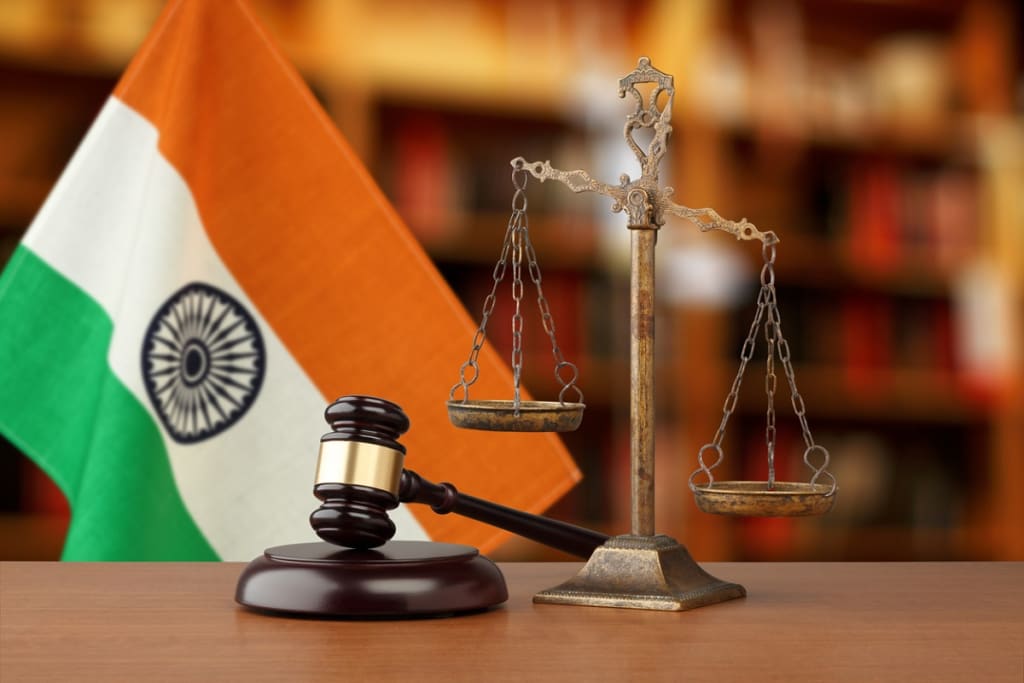An Overview of the Indian Legal System
The legal system in India is a complex and multi-layered structure that combines elements of ancient customary laws with modern judicial principles. This article provides a comprehensive overview of the Indian legal system, exploring its historical roots, structural components, key institutions, and contemporary issues.

The legal system in India is a complex and multi-layered structure that combines elements of ancient customary laws with modern judicial principles. This article provides a comprehensive overview of the Indian legal system, exploring its historical roots, structural components, key institutions, and contemporary issues.
Historical Background
The Indian legal system has its foundations in the ancient legal traditions and customs that have evolved over thousands of years. Historically, the legal framework in India was influenced by various rulers and empires, including the Mauryas, Guptas, and Mughals. The British colonial rule had a profound impact on shaping the modern Indian legal system, introducing the common law principles that continue to form the bedrock of Indian jurisprudence today.
The Constitutional Framework
The Constitution of India, adopted on January 26, 1950, is the supreme law of the land. It establishes the fundamental legal principles and framework for governance. The Constitution delineates the powers and functions of the three branches of government: the Executive, the Legislature, and the Judiciary. It also enshrines the Fundamental Rights and Directive Principles of State Policy, ensuring the protection of individual liberties and guiding the state's policies towards social justice and welfare.
The Judicial System
The judiciary in India is an independent body that plays a critical role in interpreting and upholding the Constitution and laws. The Indian judicial system is hierarchical, consisting of various levels of courts:
1. Supreme Court of India: As the apex court, the Supreme Court is the highest judicial authority. It has the power of constitutional review, appellate jurisdiction, and original jurisdiction in matters involving fundamental rights and interstate disputes .
2. High Courts: Each state or group of states has a High Court. High Courts have appellate and original jurisdiction within their respective states and oversee subordinate courts .
3. Subordinate Courts: These include District Courts and lower courts, which handle civil and criminal cases at the district level. They are the first point of contact for most litigants.
Types of Law
The Indian legal system recognizes various types of law:
1. Civil Law: Governs disputes between individuals and organizations. It includes areas such as contract law, tort law, property law, family law, and more.
2. Criminal Law: Deals with offenses against the state or society. The Indian Penal Code (IPC) and the Code of Criminal Procedure (CrPC) are the primary statutes governing criminal law.
3. Constitutional Law: Involves the interpretation and application of the Constitution. It includes fundamental rights, duties, and the structure and functioning of government bodies.
4. Administrative Law: Governs the actions of administrative agencies of government. It includes rules, regulations, orders, and decisions created by administrative bodies.
Legal Education and Profession
Legal education in India is primarily provided through law schools and universities, offering undergraduate (LLB) and postgraduate (LLM) degrees. The Bar Council of India regulates legal education and the legal profession, ensuring the standards and ethics of practice are maintained. After completing their education, law graduates must pass the All India Bar Examination (AIBE) to practice law in India.
Alternative Dispute Resolution
To reduce the burden on courts and provide quicker resolution of disputes, India has adopted various forms of Alternative Dispute Resolution (ADR):
1. Arbitration: Disputes are resolved by an arbitrator or arbitration panel whose decision is binding .
2. Mediation: A neutral third party facilitates negotiation between disputing parties to help them reach a voluntary agreement.
3. Conciliation: Similar to mediation but involves a conciliator who plays a more active role in resolving the dispute.
4. Lok Adalats: People's courts that settle disputes through compromise and mutual agreement, particularly in rural areas.
Contemporary Issues and Reforms
The Indian legal system faces several contemporary challenges and is undergoing various reforms to address these issues:
1. Backlog of Cases: One of the significant challenges is the backlog of pending cases, which leads to delayed justice. Judicial reforms aim to expedite case resolution through faster processes and increased use of technology.
2. Access to Justice: Ensuring that justice is accessible to all sections of society, especially the marginalized and economically disadvantaged, remains a priority. Legal aid services and pro bono initiatives are critical in this regard.
3. Judicial Independence: Maintaining the independence of the judiciary from political and executive interference is essential for upholding the rule of law and constitutional governance.
4. Legal Reforms: Ongoing legal reforms aim to modernize outdated laws, introduce new legislation to address emerging issues (such as cybercrime and data protection), and improve the efficiency of the judicial process.
Conclusion
The Indian legal system, with its rich historical roots and robust constitutional framework, plays a pivotal role in maintaining law and order, protecting rights, and delivering justice. While it faces numerous challenges, ongoing reforms and innovations hold the promise of a more efficient, accessible, and equitable legal system in the future. Understanding the intricacies of India's legal system is crucial for appreciating its role in the country's democratic and socio-economic development.
For further reading and detailed information, sources such as the Ministry of Law and Justice, Supreme Court of India, and various law journals provide comprehensive insights into the workings and evolution of the Indian legal system.
About the Creator
Enjoyed the story? Support the Creator.
Subscribe for free to receive all their stories in your feed. You could also pledge your support or give them a one-off tip, letting them know you appreciate their work.





Comments (1)
Hey, just wanna let you know that this is more suitable to be posted in the theSwamp community 😊